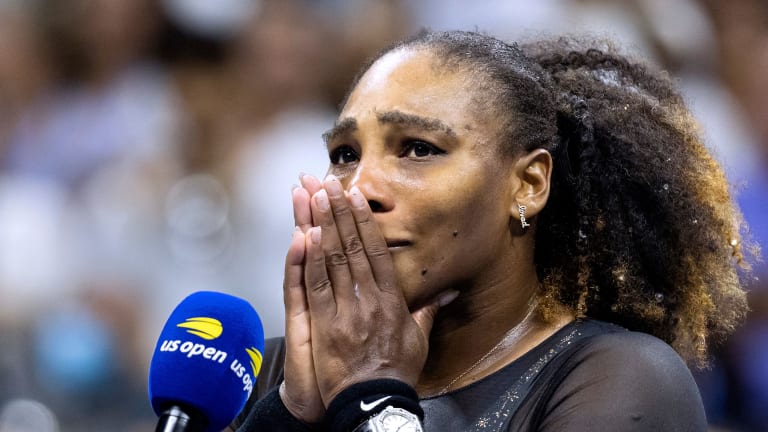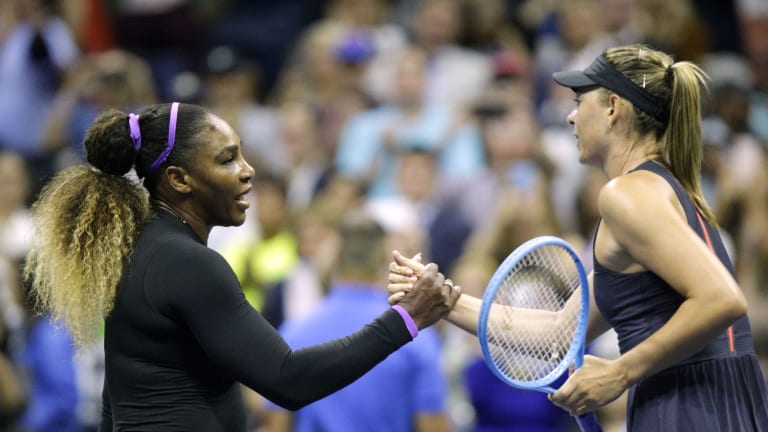US Open
In retirement, the seeds of Serena Williams' deep fame will continue to grow
By Sep 03, 2022US Open
US Open revamps mixed doubles format, adds $1 million prize to incentivize "biggest names in the sport"
By Feb 11, 2025US Open
US Open adds a 15th day, moves to Sunday start in 2025
By Jan 29, 2025US Open
Post-2024 US Open WTA storylines: The Age of Aryna; what's next for Swiatek and Gauff?
By Sep 09, 2024US Open
Post-2024 US Open ATP storylines: The race between Alcaraz and Sinner for No. 1 ... and more
By Sep 09, 2024US Open
Jannik Sinner’s US Open title run won’t clear the air around him entirely
By Sep 09, 2024US Open
Taylor Fritz fails in US Open final, but hope springs for American men's tennis
By Sep 09, 2024US Open
Jannik Sinner storms to second major title, defeats Swift, Kelce-backed Taylor Fritz at US Open
By Sep 08, 2024US Open
Jessica Pegula's willingness to take chances paid off at the US Open
By Sep 08, 2024US Open
Aryna Sabalenka won her first US Open by learning from her past heartbreaks in New York
By Sep 08, 2024In retirement, the seeds of Serena Williams' deep fame will continue to grow
Serena has earned global respect as a transcendent athlete, even outside the precincts of tennis. But there’s more—much more.
Published Sep 03, 2022
Advertising
Advertising
Advertising

Serena has earned global respect as a transcendent athlete, even outside the precincts of tennis. But there’s more—much more.
© AFP via Getty Images
Advertising
Advertising

The extraordinary nature of the Serena-Sharapova “rivalry” will dim with time, but it may be all you need to know about Williams, the tennis champion—plus.
© AFP via Getty Images
Advertising

Jannik's return in Rome
Sinner on his comeback: “It won’t be easy”
The world No. 1 resumed training last week ahead of the conclusion of his three-month suspension.
Advertising

Trailing Tomljanovic 5-1 in the third set, Williams saved five match points in spectacular fashion before finally striking an error with her career in the balance.
© Getty Images